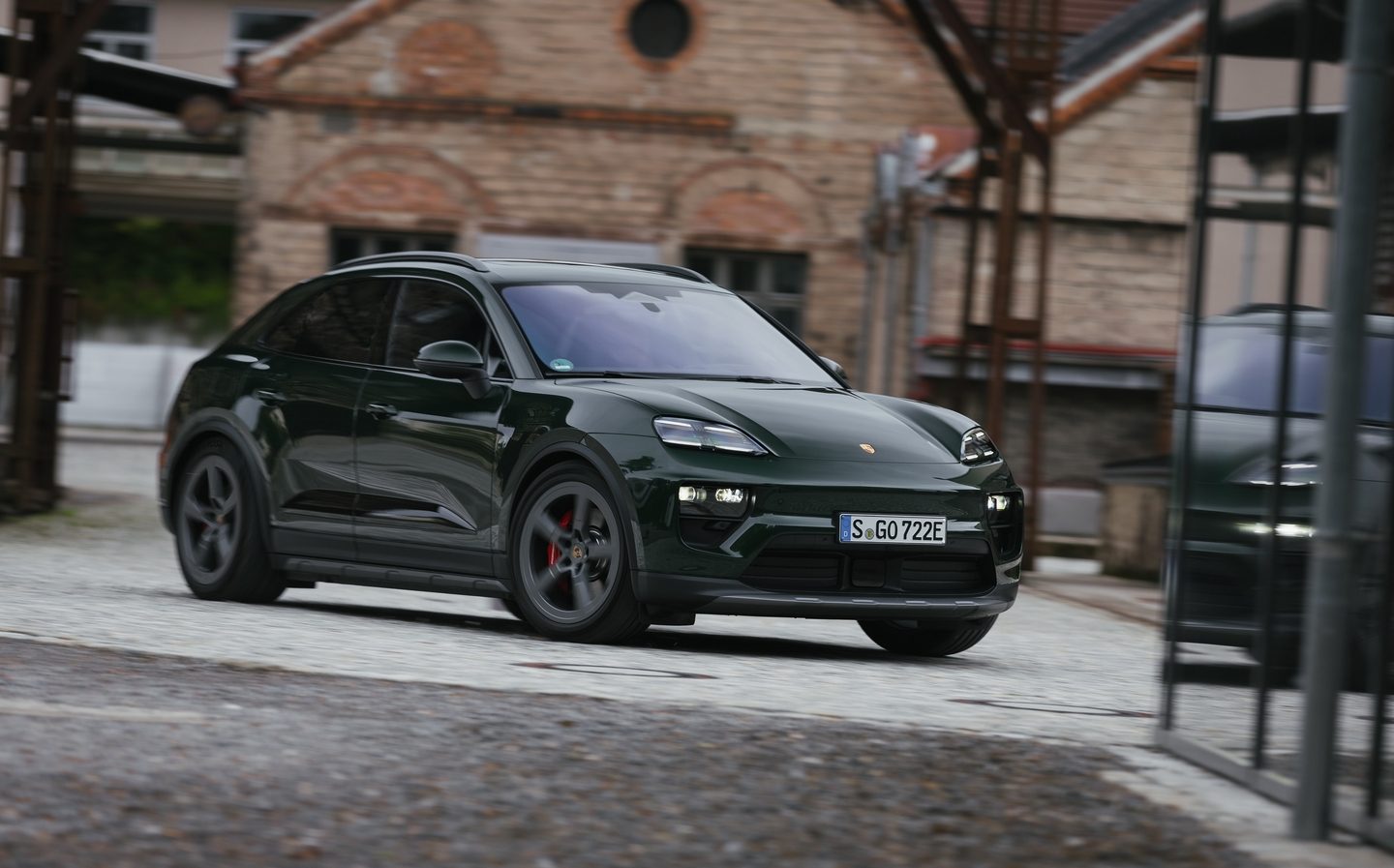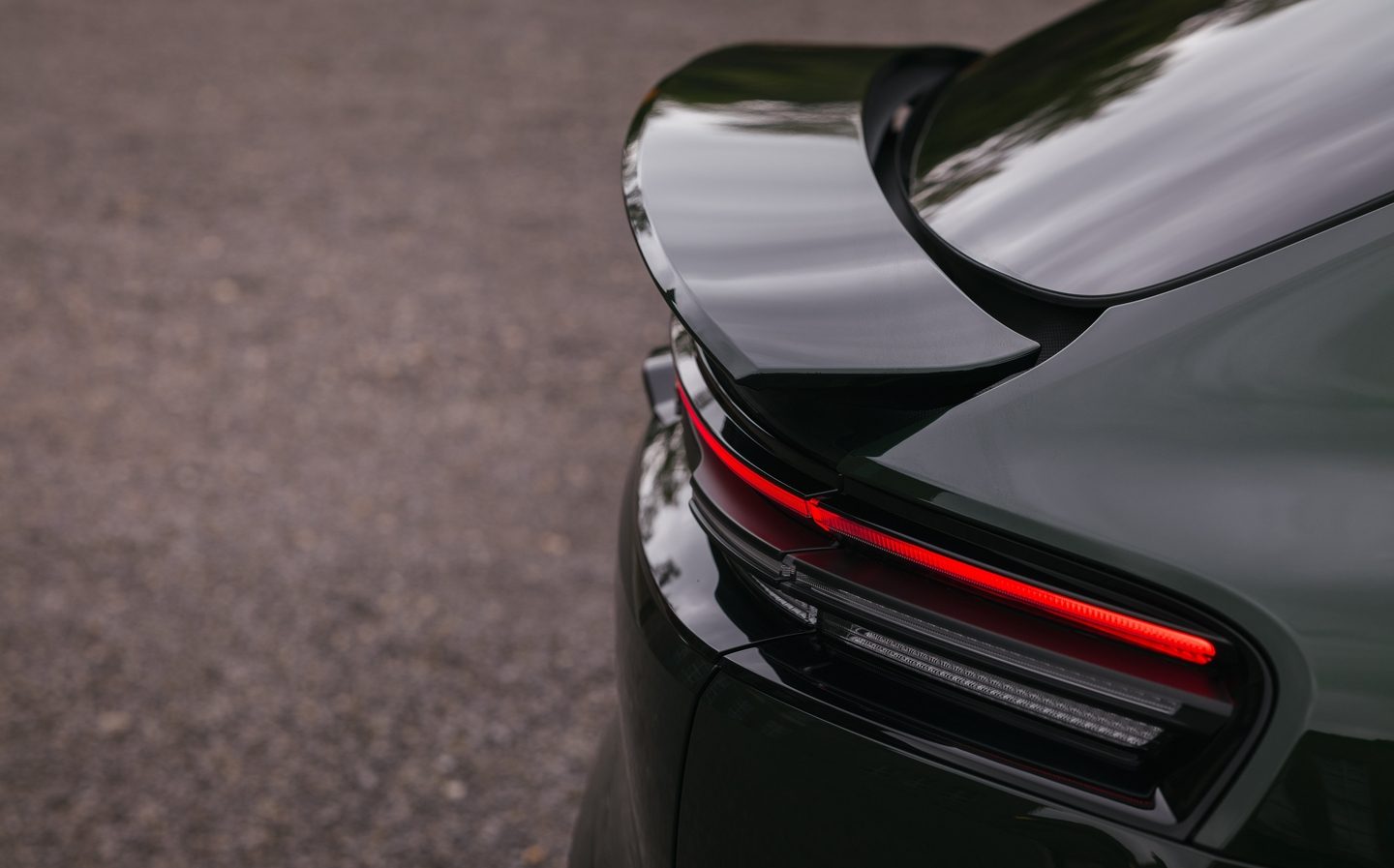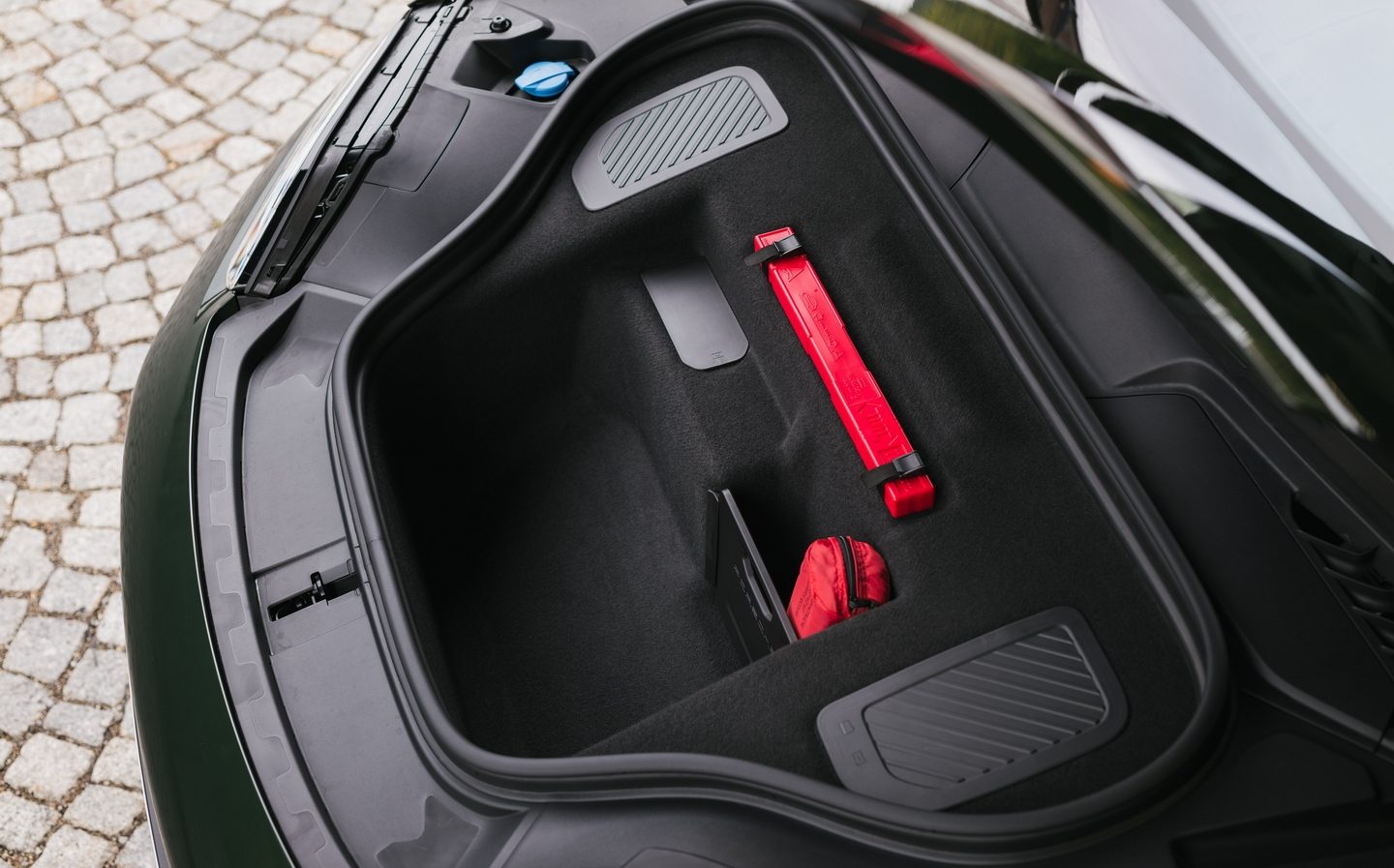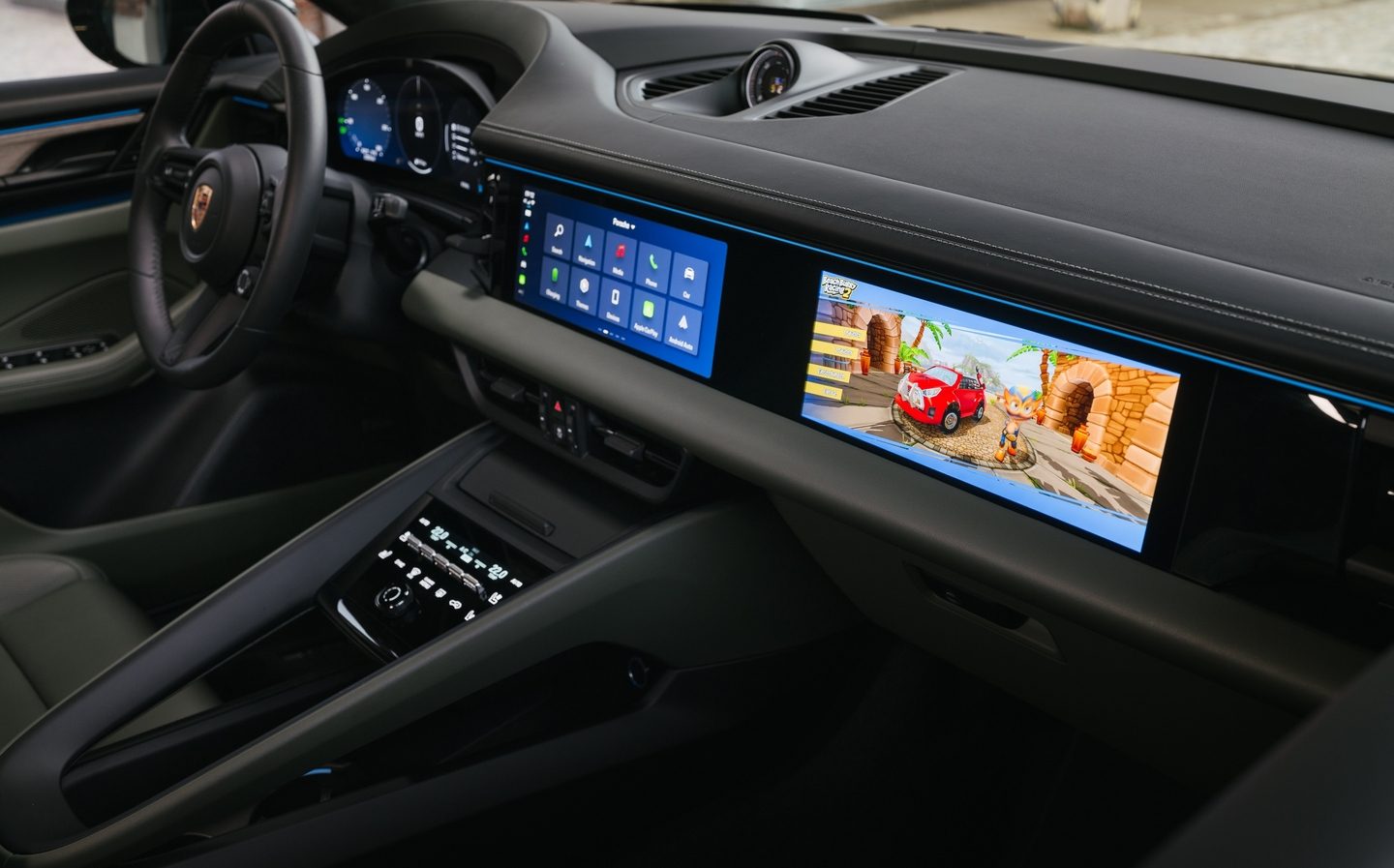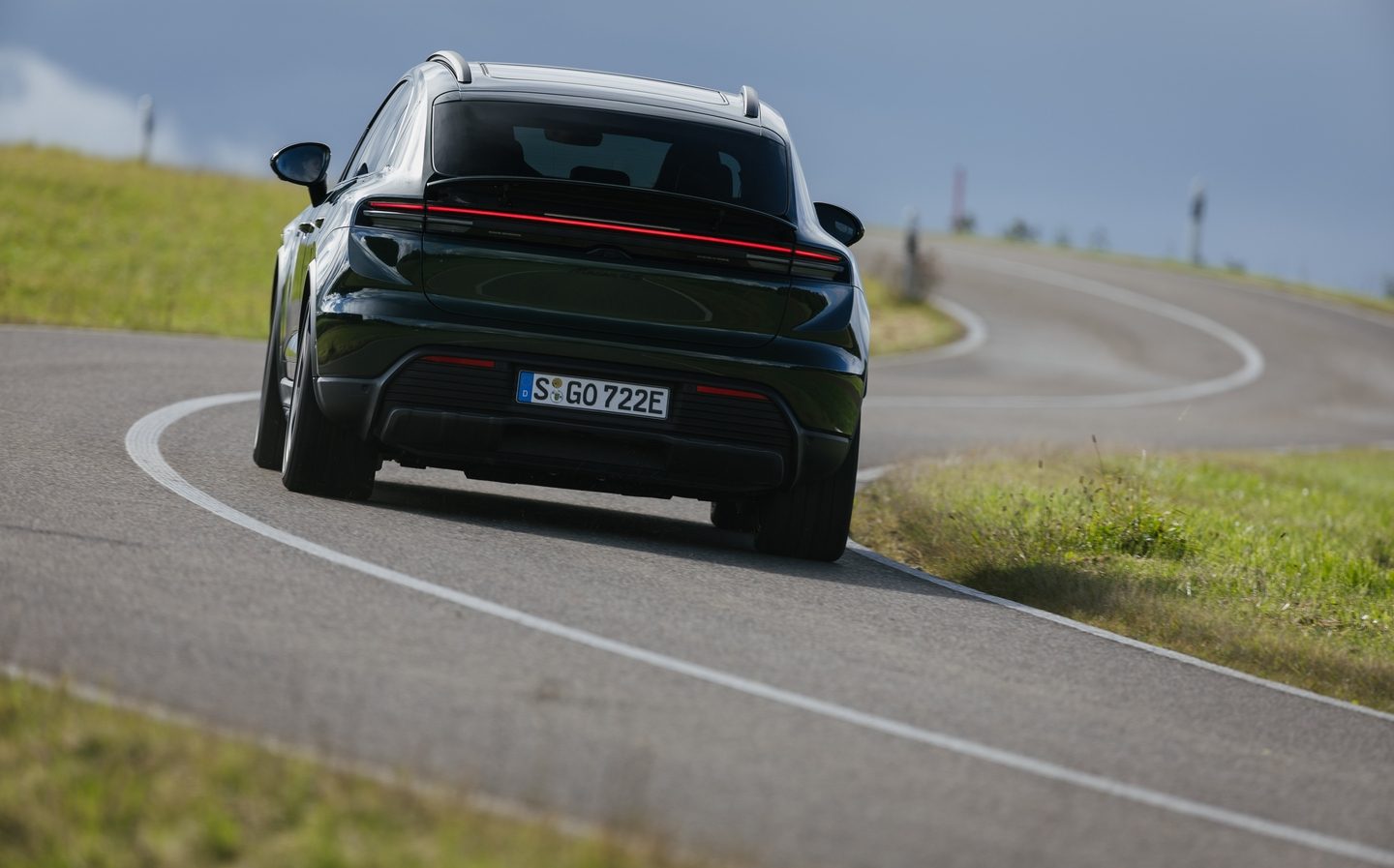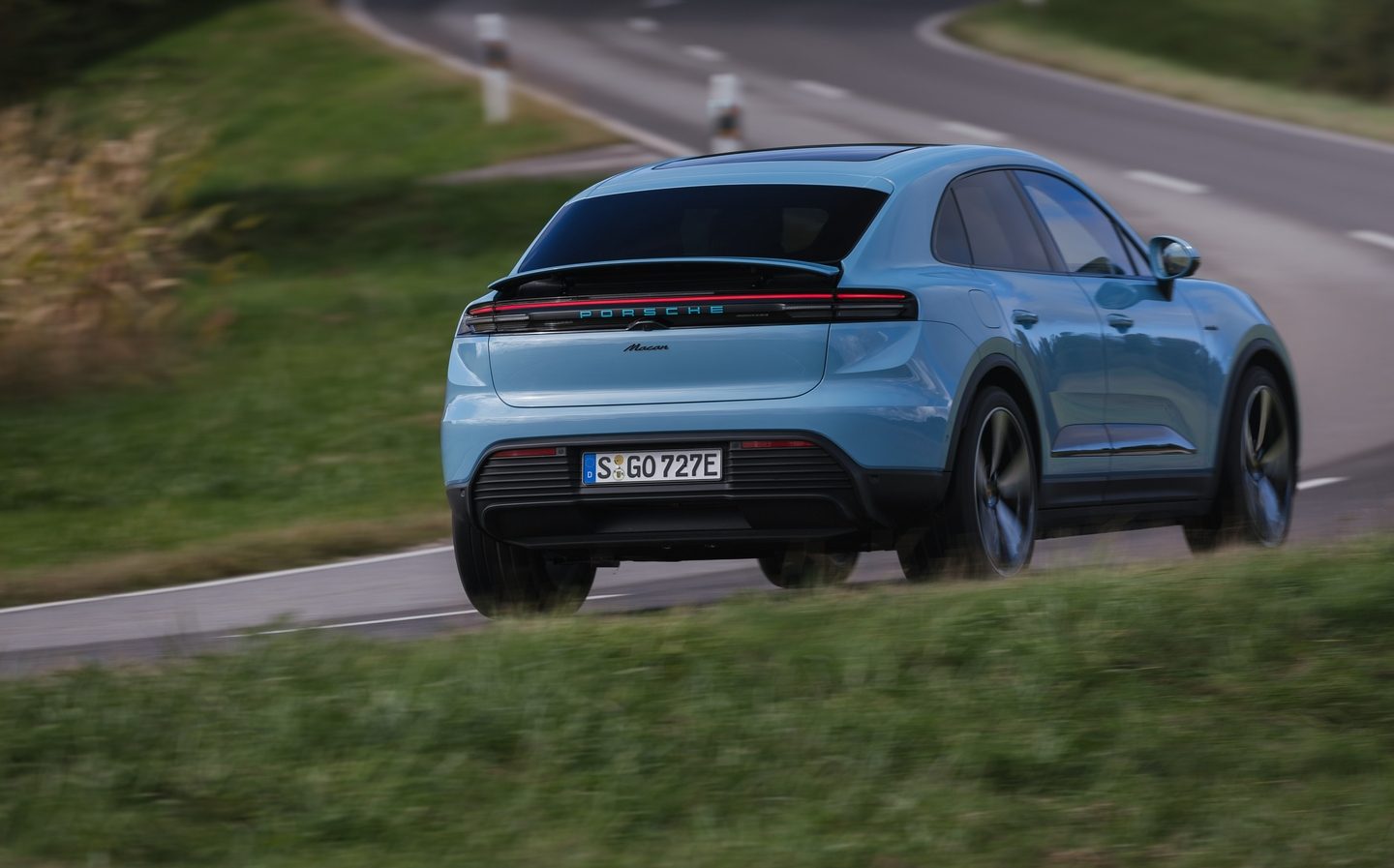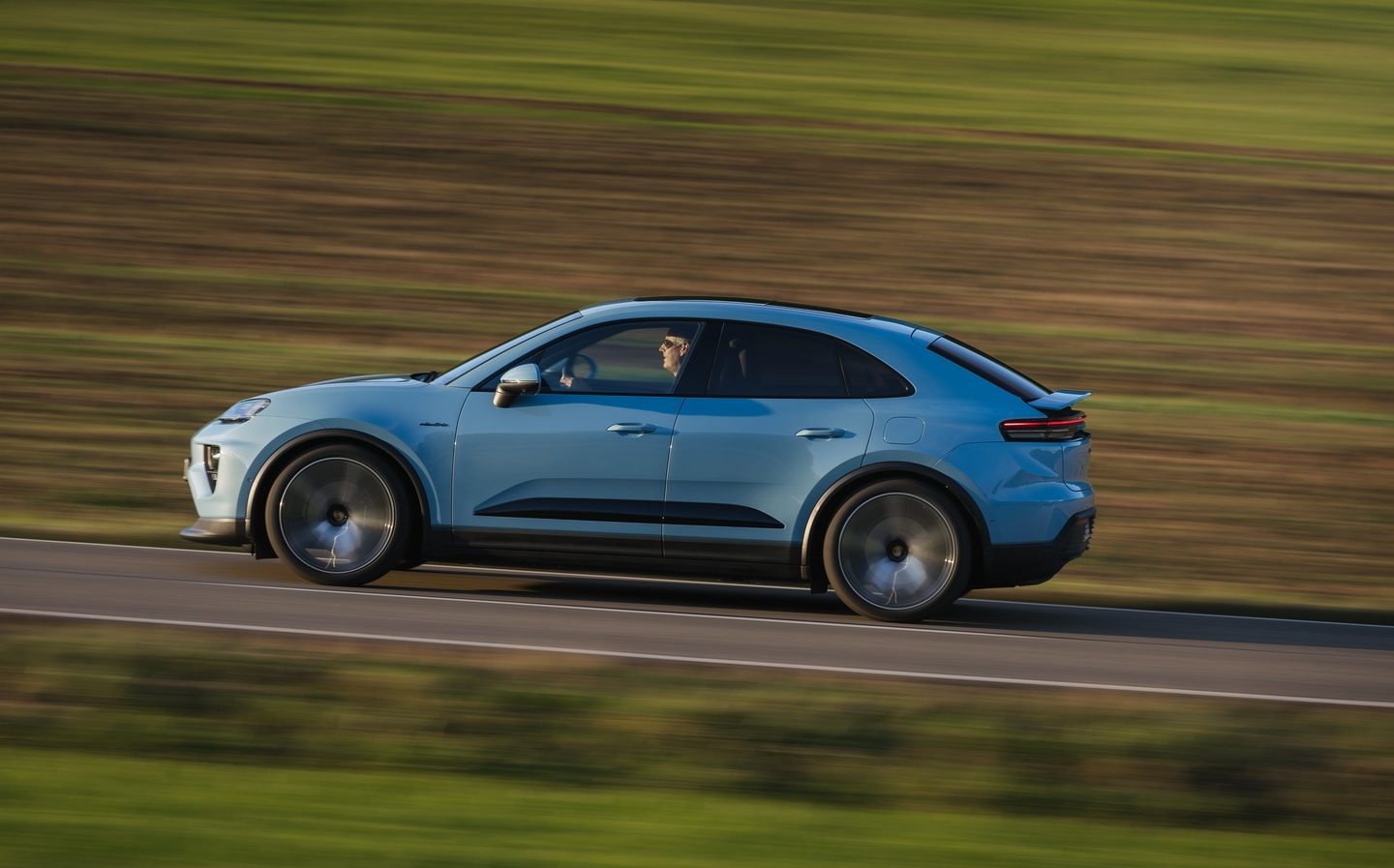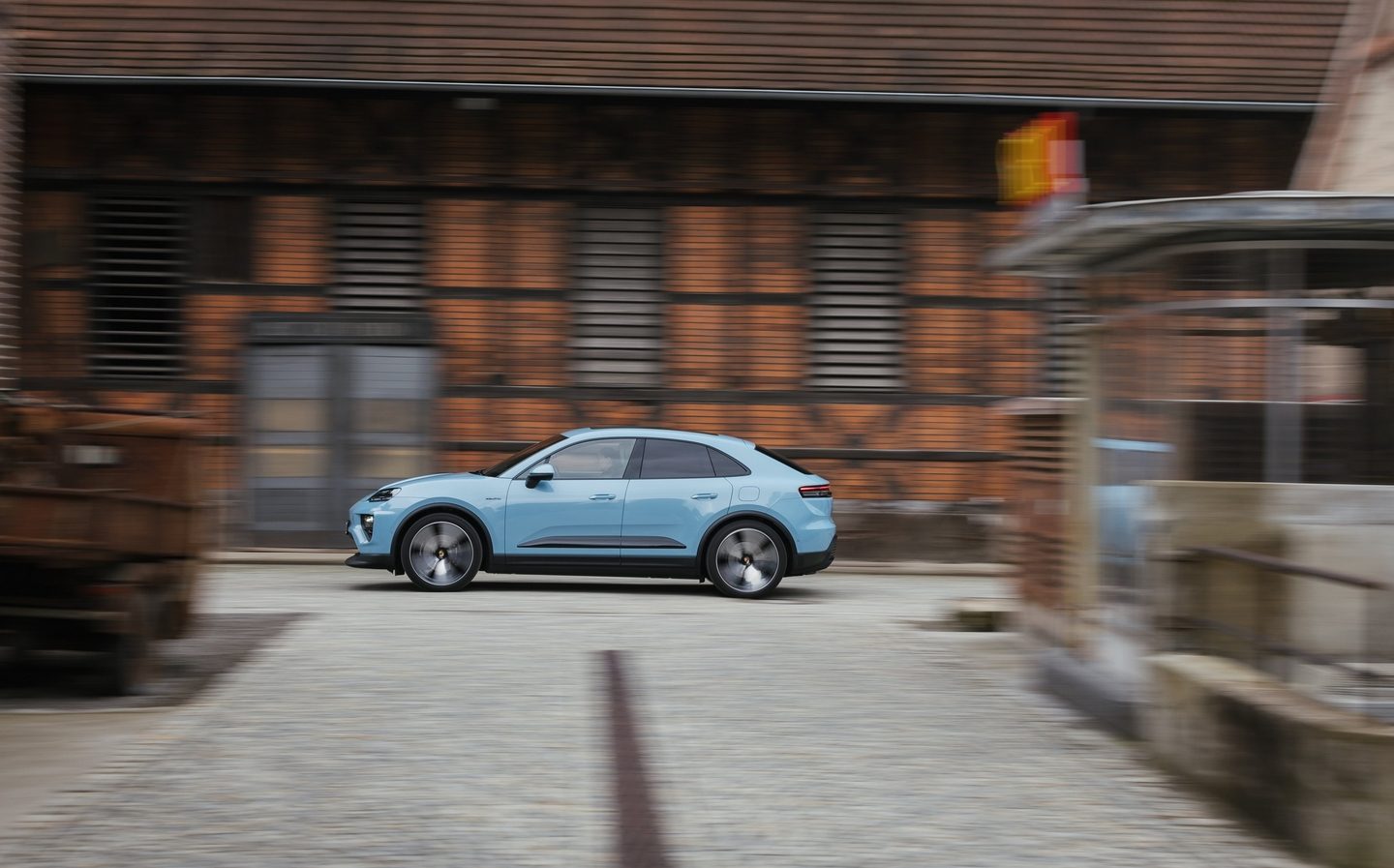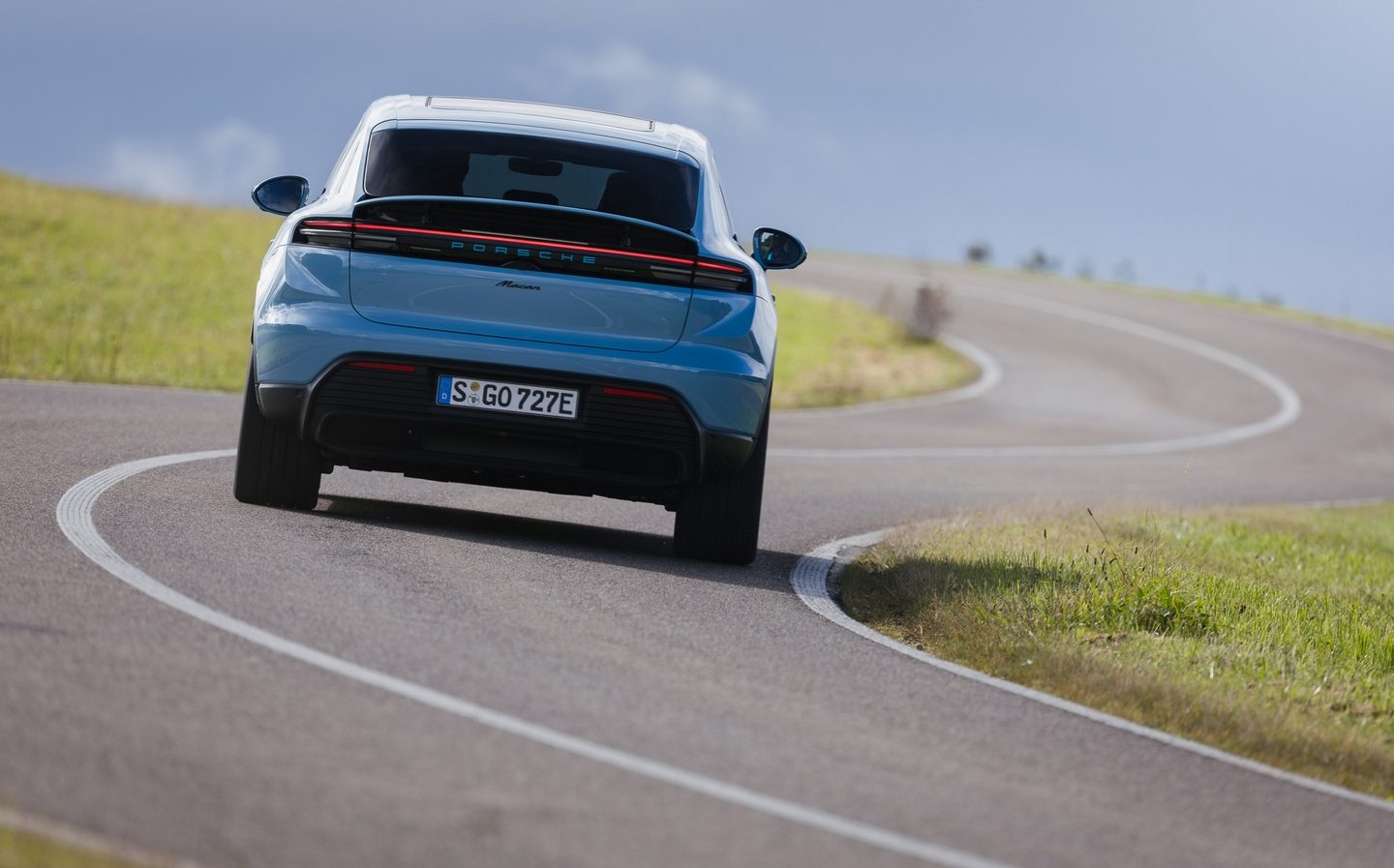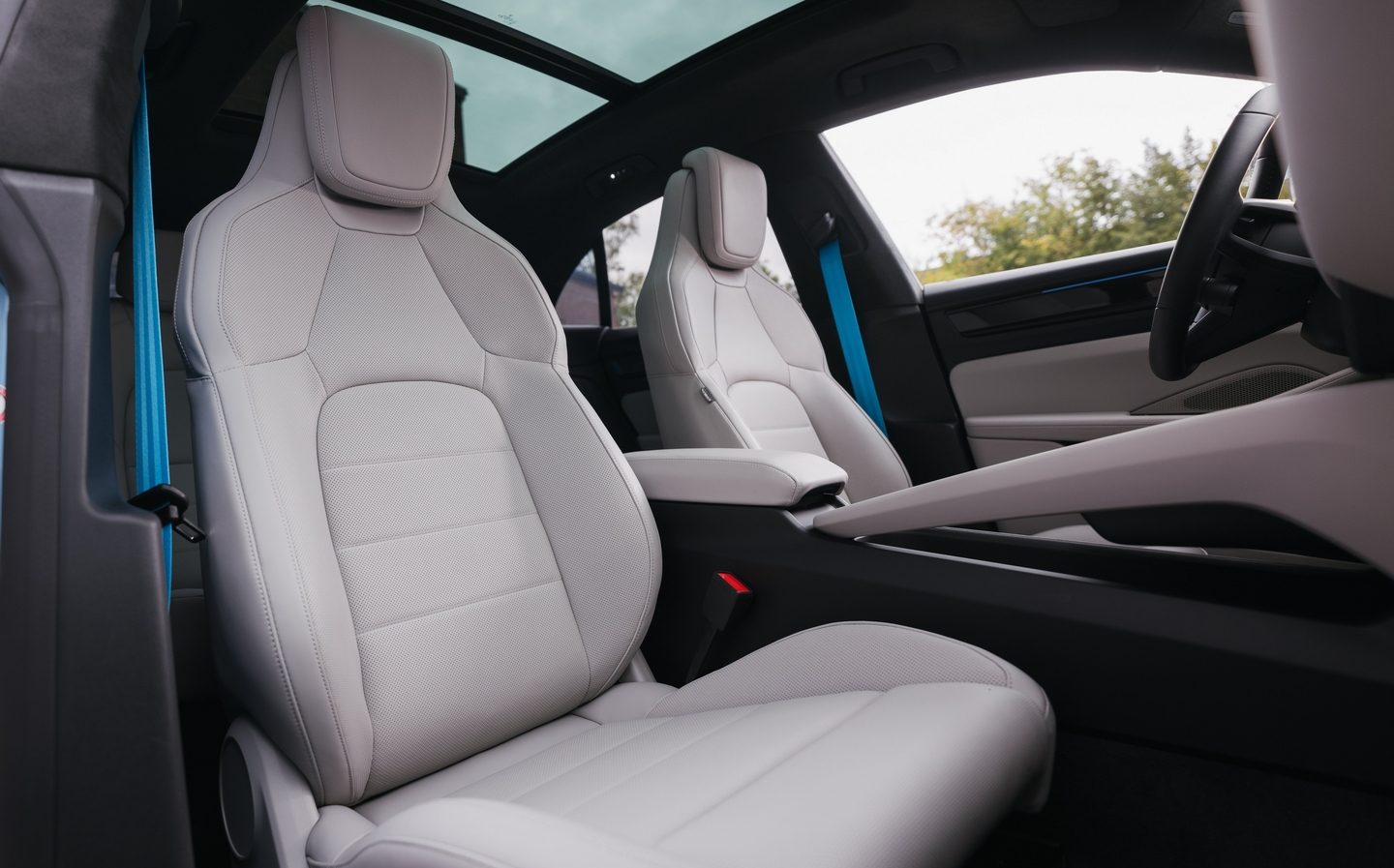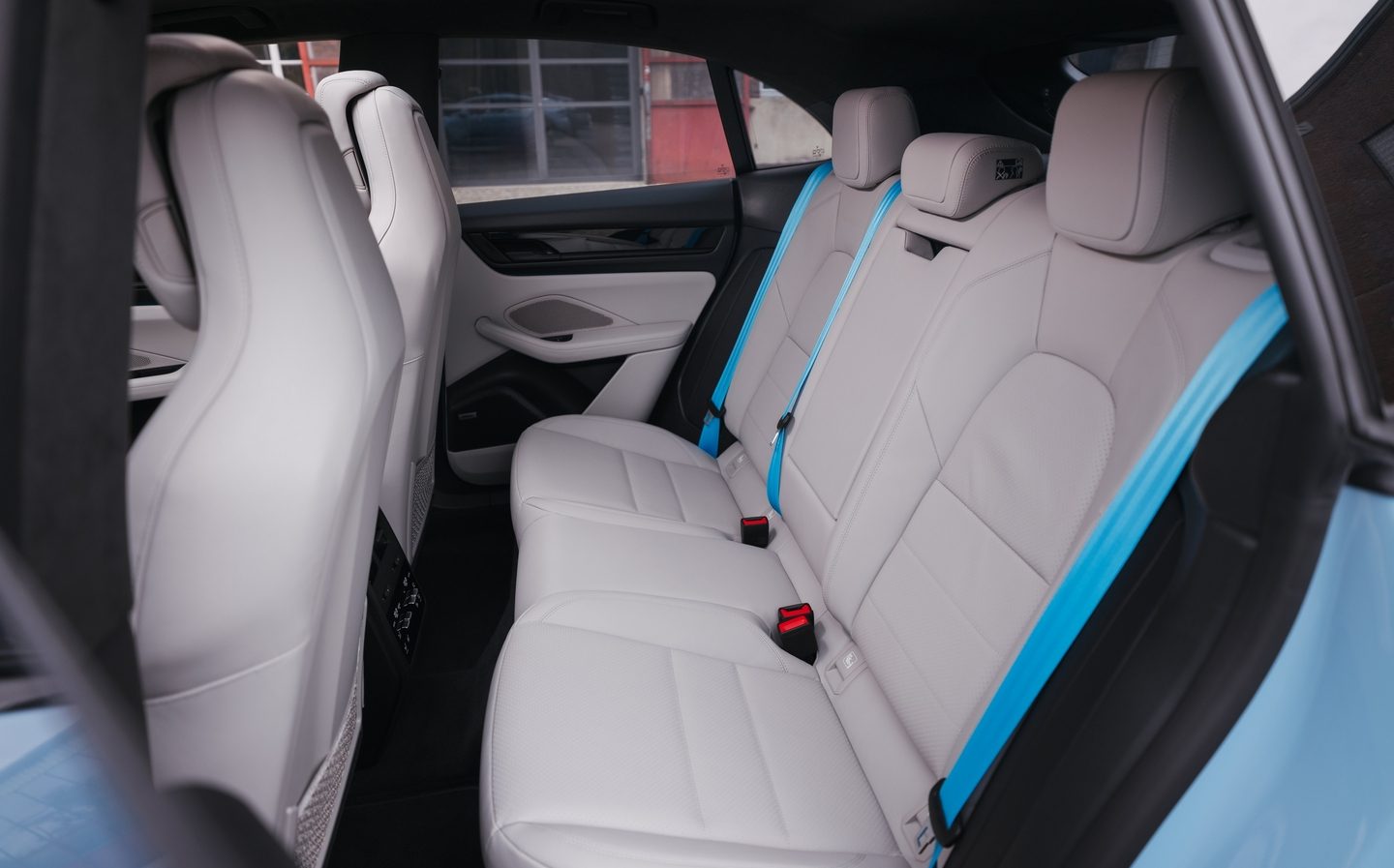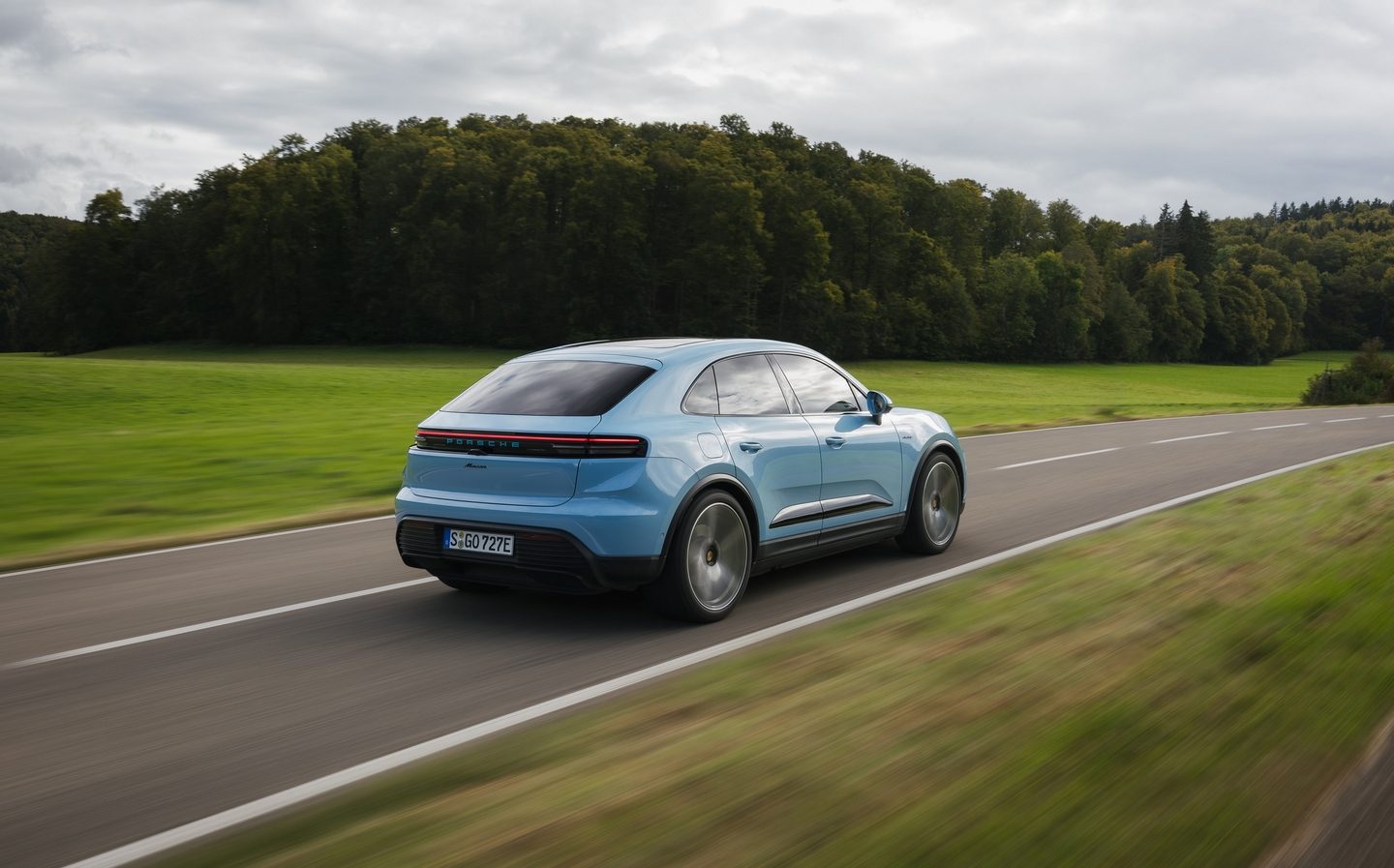Porsche Macan 2024 review: Entry-level electric SUV is a marathon runner, not a sprinter, but that doesn’t affect its all-star athletic appeal
Rear-wheel drive like a proper Porsche
When a vehicle is winning prestigious accolades like The Sunday Times Car of the Year 2024, it might seem odd that we’re now bringing you a review of a different derivative of something we’ve basically already committed to saying is the best machine of the entire calendar 12 months.
But Porsche is not one to rest on its laurels, so it’s time for the electric Macan SUV range to double in size. Porsche launched the second-generation, pure-electric Macan in two flavours: the Macan 4 and Macan Turbo. Now it is filling in the obvious gaps with the entry-level Macan and Macan 4S.
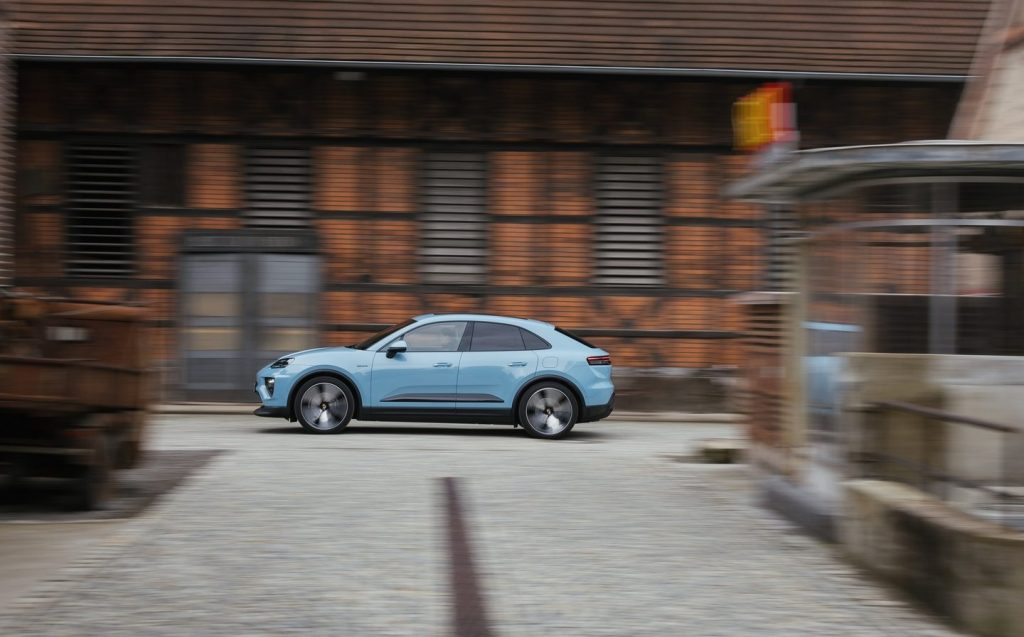
And if you’ve followed all that, two things: one, well done; and two, it’s almost certain there’ll be a Macan GTS along soon, which’ll slot between the 4S and the “no, it doesn’t actually have a turbo” Turbo.
Both the base Macan and the 4S are understandable additions to the Porsche’s line-up. The latter, which slots neatly into the gap between the 402bhp Macan 4 and the 630bhp Macan Turbo, it has the same dual-motor and four-wheel-drive set-up as the existing models, and comes with 509bhp and a 0-62mph time of 4.1 seconds. That puts it almost exactly in the middle of the gap in the other two cars’ times (5.2 and 3.3 seconds respectively).
It’s thankfully a bit closer to the Macan 4 in terms of price, though, with the 402bhp car costing £69,800 and the more powerful model starting from £75,400. The extra punch of the Turbo will set you back a huge £95,000.
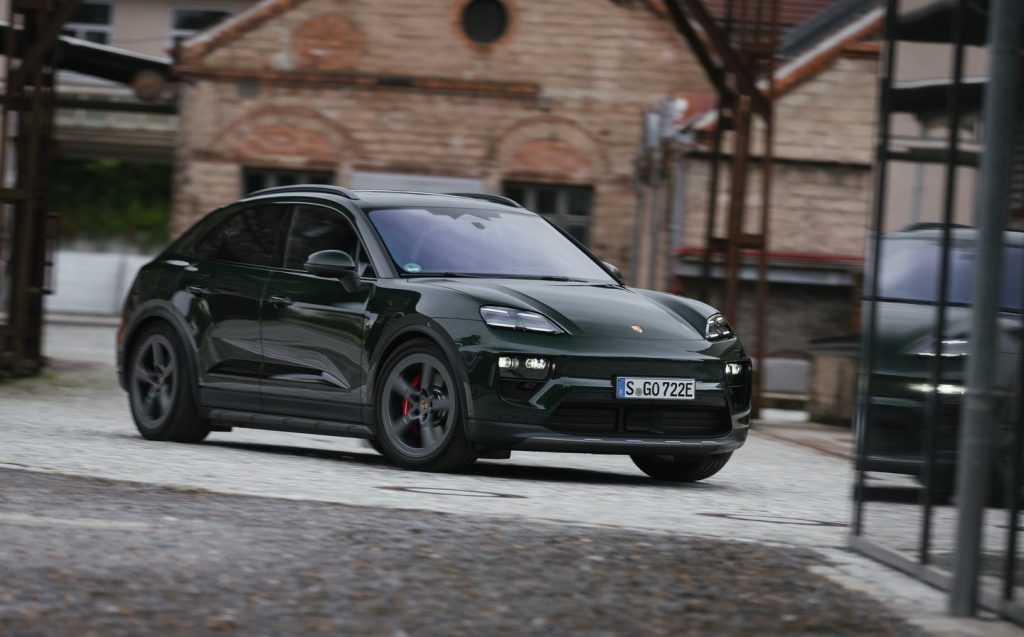
In truth, the 4S is a lovely thing in isolation and a welcome addition to the range. But it does feel largely similar to the Macan 4 to drive, while its quoted on-paper range between charges is almost identical (378 miles for the 4S versus 380 miles for the 4).
So really, the reason for choosing it from among its peers in the Porsche range seems less clear-cut. Which is why we’re going to focus on the entry-level Macan.
This is the first-ever example of any SUV wearing this particular model nameplate (which first arrived in 2014), that has just two-wheel drive, instead of four-wheel drive.
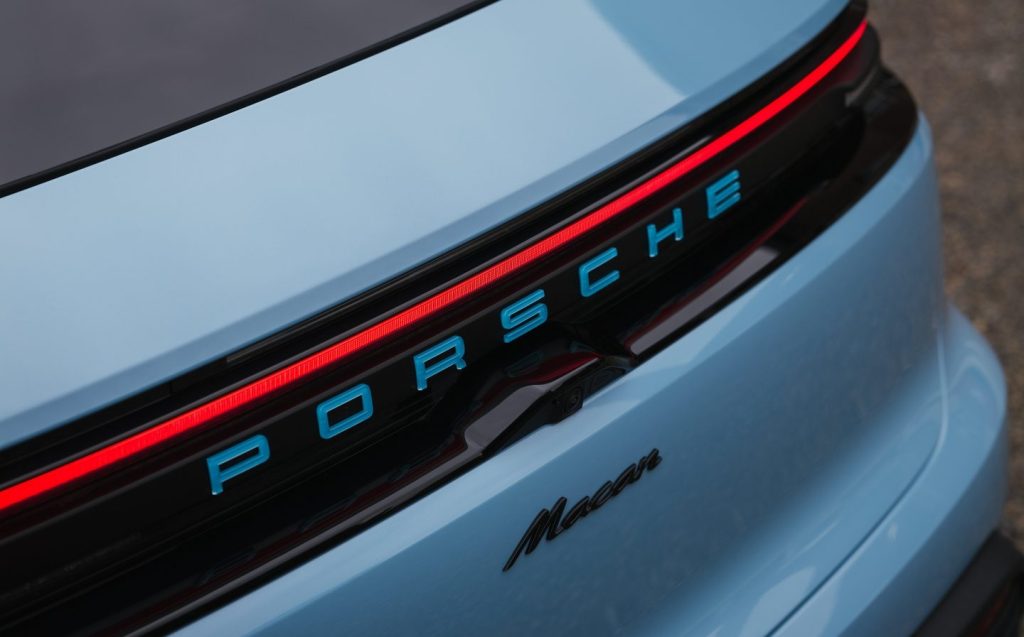
A single-motor EV, the Macan retails from £67,200, which isn’t a great saving over the Macan 4 (it’s just £2,600 cheaper), but it does at least mean this is the most affordable way into ownership of Porsche’s electric SUV.
It’s also the primary method of getting the most driving range out of a single charge. Like any other Macan, the base model has the same battery pack, with 100kWh gross (total capacity), 95kWh net (what you can actually use).
And with just one motor supping away its reserves, that equates to a maximum official figure of 398 miles to a charge; agonisingly close to what is now considered the landmark 400 miles but an improvement of 18 miles compared to the next-most-efficient variant, the Macan 4.
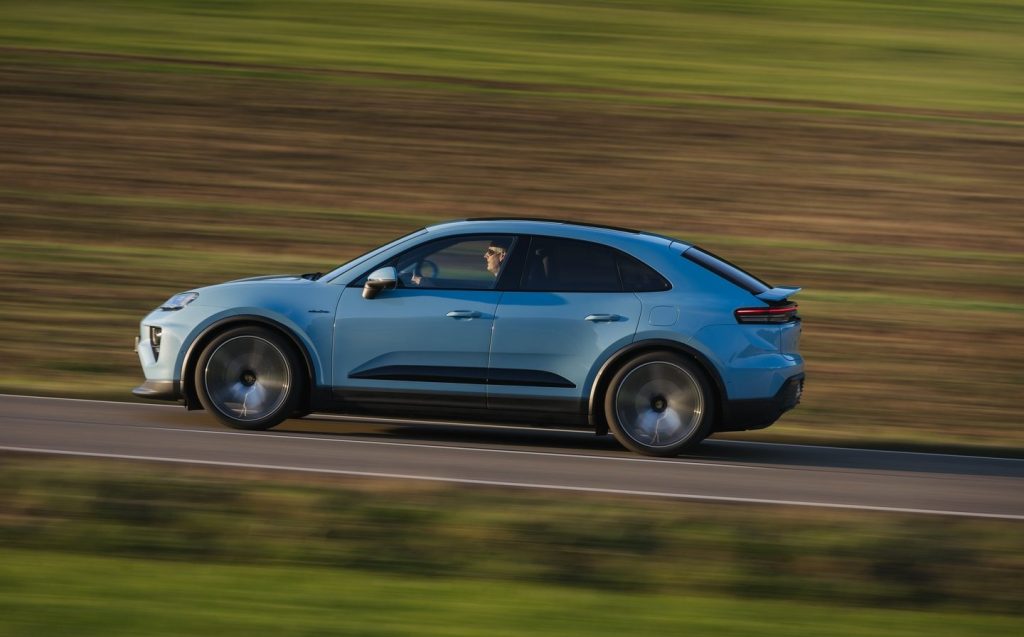
Of course, as with any EV, we have to point out that actually achieving 398 miles from the Porsche Macan will be difficult, especially if the weather outside is cold or spend lots of time on motorways. But an official range of 398 miles almost certainly means you could get a realistic 300 miles out of it without too much effort. Unless you’re particularly lead-footed, that is.
Anyway, that solitary propulsion motor is on the rear axle, which means driving enthusiasts might be licking their lips at the thought of a rear-driven Porsche SUV.
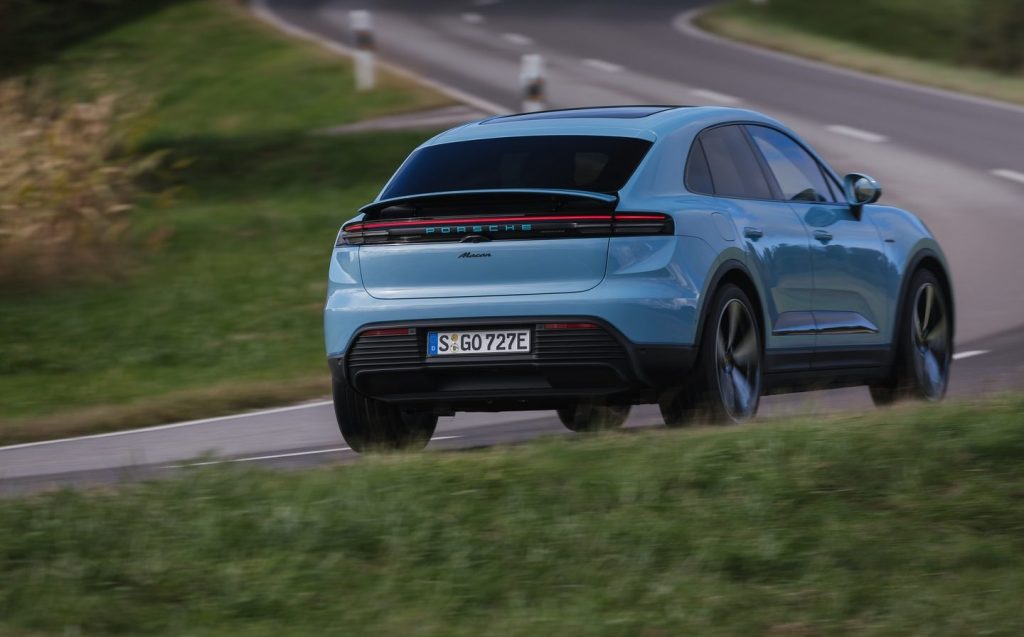
The entry-level Macan isn’t a performance-oriented model, though, despite the Porsche crest on the bonnet and its two-wheel-drive status. Having said that, it delivers at least 335bhp in all driving scenarios, with a time-limited overboost raising that to 355bhp.
This means the Macan, which weighs almost 2.3 tonnes with a driver onboard and has less traction than any of the four-wheel-drive models, takes 5.7 seconds to get to 62mph; though not so long ago even that was considered mind-blowingly quick.
Visually, it looks almost as impressive as any other model. Its boot badge simply reads “Macan”, and it comes with its own design of chunky five-spoke, 20in alloy wheels as standard, which are about the only indicators you’re looking at the base variant of the range.

But as Porsche customers tend to plump for the badge removal option and a larger set of rims anyway, it’s unlikely many single-motor Macans you’ll see on the road will give their base-spec standing away so easily.
About the only other point we can make here is on the overall aesthetic of the electric Macan. It understandably riffs heavily on the design of Porsche’s first EV, the Taycan, and we’re getting used to its unusual shape a little more with each passing day.
Yet there’s still the tendency for it to bring to mind the silhouette of a large, squatting frog if you stare at it from the front three-quarters for too long.
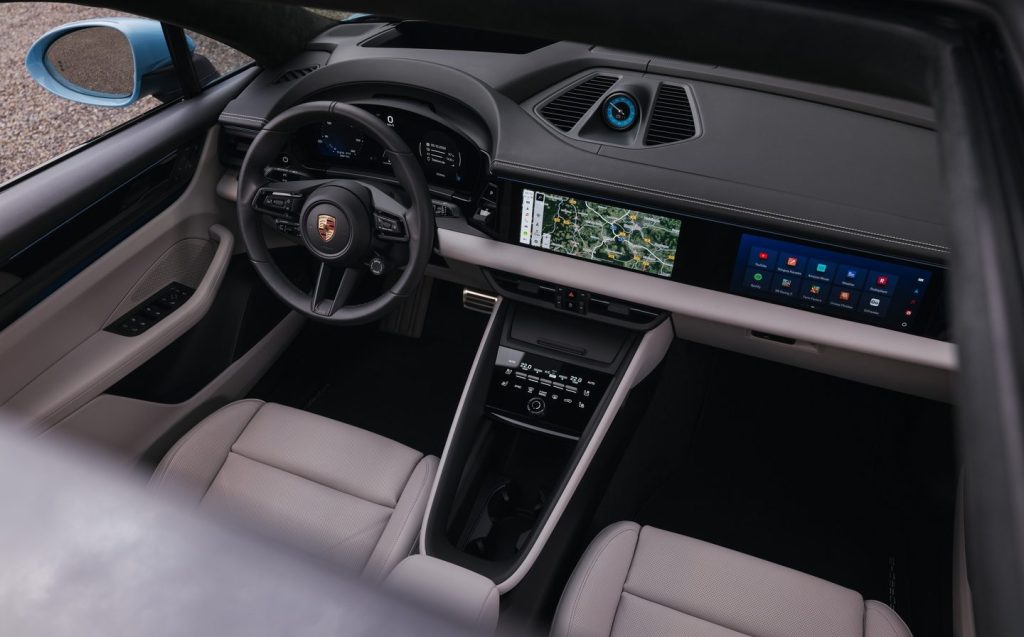
Inside, it’s more of the same, in that the cabin doesn’t look too dissimilar from the more expensive models of Macan, and even less so when someone starts ticking all the boxes on the form come car-ordering time. You can specify the 10.9in Front Passenger Display in the base Macan, to go with the digital cluster and main infotainment screen, and if you opt for the head-up display as well then there are four large screens facing into the cabin.
However, whether you’re into loads of digital real estate or not, the quality of the Porsche’s cabin is not in doubt. Nor is the ergonomic correctness, with most controls laid out in an intuitive fashion, or the visibility out in all directions.
If there’s a criticism of the Macan, rear-wheel drive or not, it’s that rear-seat accommodation is bijou, rather than bountiful. It’s OK in the back, but there are rivals which have more generous amounts of leg- and kneeroom. Porsche points out that the electric Macan has more rear room than its petrol-fuelled predecessor.
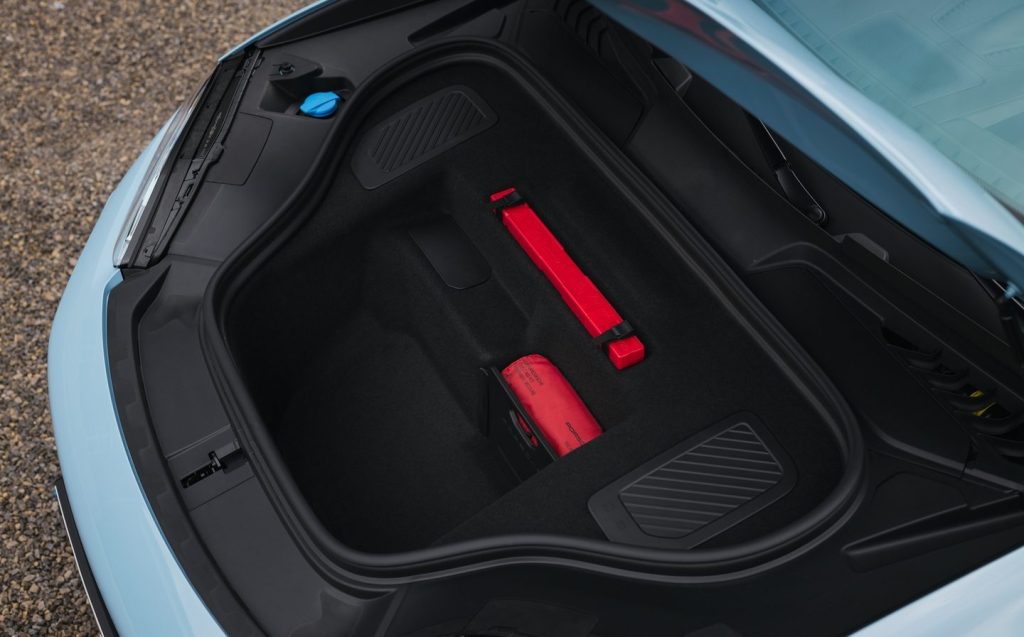
At least the boot’s a useful 540 litres, more than half as big again as the luggage compartment you’d find in a Volkswagen Golf, rising to 1,348 litres with the rear seats folded down. There’s also another 84 litres in the front luggage compartment (please don’t call them “frunks” or “froots”… shiver).
Another unusual quirk of our test Macan was that it was sitting on steel springs with Porsche Active Suspension Management (PASM) adjustable dampers. Almost all the other models of Macan come with air springs, but this single-motor model has steel coils.
Driven back-to-back with an air-sprung 4S, the regular Macan felt absolutely fine. It still has the impressive balance of excellent ride comfort teamed to sharp handling for a car of this size and type, with fabulous steering and even the sensation that the cornering attitude of the SUV can be adjusted mid-bend using the accelerator pedal alone.
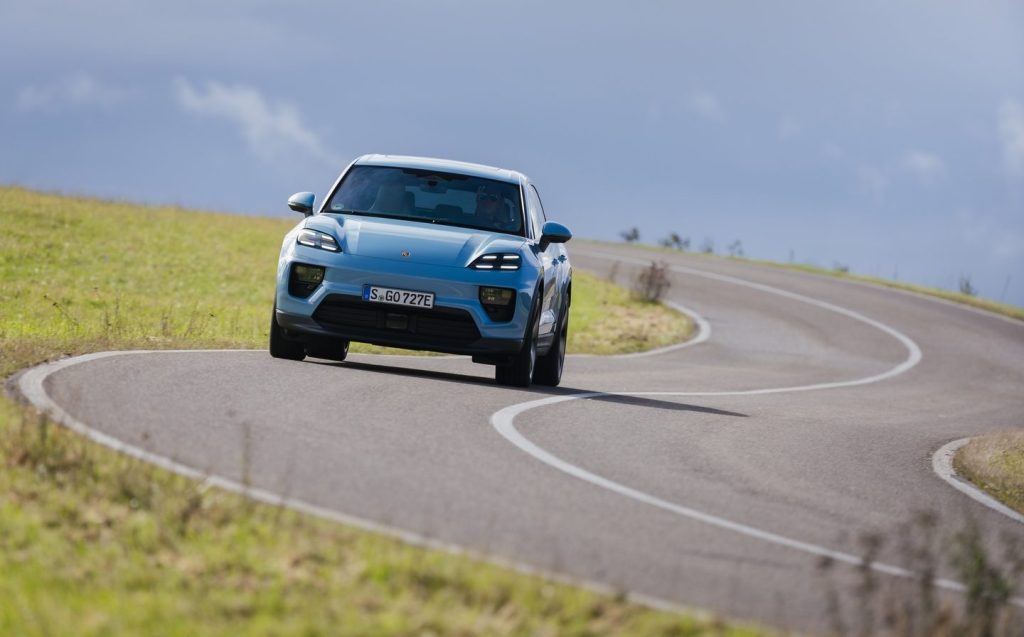
Admittedly, it feels like there are occasions where the Macan’s suspension doesn’t quite have all the answers that the air-sprung cars do, but similarly there are moments on the more advanced models where there’s a trace more patter over rougher road surfaces.
In essence, there are minor drawbacks and advantages to both set-ups, but in reality, most people will never notice the difference between them and will instead just think whatever model of electric Macan they are driving is exceptional.
And there’s more to recommend about the base Macan. Such as the fact that, with 355bhp, it delivers its power in a way that means it always feels strong and swift when you need a bit more speed from it, but similarly it’ll never make your passengers feel nauseous with the sort of neck-straining acceleration that something like, well… the Porsche Macan Turbo might serve up.
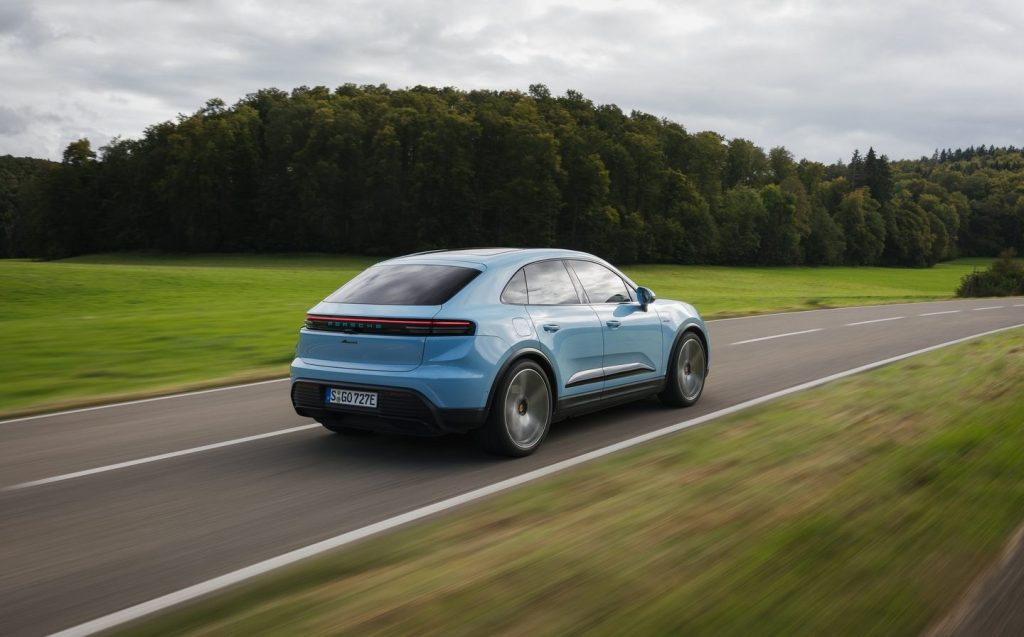
Further, we saw a genuine 4.2 miles/kWh from the single-motor SUV on a fairly mixed route driven at a decent pace, which is excellent. If you could keep that up, you’d get 399 miles from the Porsche on a single charge.
In summary, then, the base Macan feels just as edifying and talented as its more powerful, expensive siblings in the range. Sleek styling, a plush interior, superb driving range, and perfectly acceptable levels of performance and handling talent make this one of the best luxury SUVs of any type, never mind just ones powered by electric.
Good enough to win a top motoring award, frankly. Which it already has done — and rightly so.
Related articles
- If you found this review of the electric Porsche Macans interesting, you might like to hear that testing of an electric Porsche Cayenne has also begun
- These are all the car brands’ electric car plans
- You might like to read a review of the updated Porsche Taycan
Latest articles
- Porsche 911 Carrera S 2025 review: Harder, better and faster – but is it the best 911?
- F1 2025 calendar and race reports: The new Formula One season as it happens
- Seven great automotive events to visit this summer, from F1 to art and champagne
- Watch new Porsche 911 GT3 smash Nürburgring record for manual cars
- Skoda Elroq 2025 review: Czech carmaker can’t seem to miss with its electric family cars
- Five best electric cars to buy in 2025
- Should I buy a diesel car in 2025?
- Zeekr 7X AWD 2025 review: A fast, spacious and high tech premium SUV — but someone call the chassis chief
- Denza Z9GT 2025 review: Flawed but sleek 1,062bhp shooting brake from BYD’s luxury arm


